When to Start A Fall Garden?
To start a fall garden, begin preparations between July and August. Plant as the weather cools in early fall to allow root system establishment before frost.
How to Prepare Your Garden for Fall
Harvest Summer Plants
As the vibrant hues of summer begin to fade, it’s time to reap the rewards of your hard work. Carrie Spoonemore, the genius behind Park Seed’s From Seed to Spoon app, advises harvesting your summer bounty to make way for fall gardening.
Say bye to juicy tomatoes, crisp cucumbers, and sunny peppers, clearing the stage for a new season of growth and abundance.
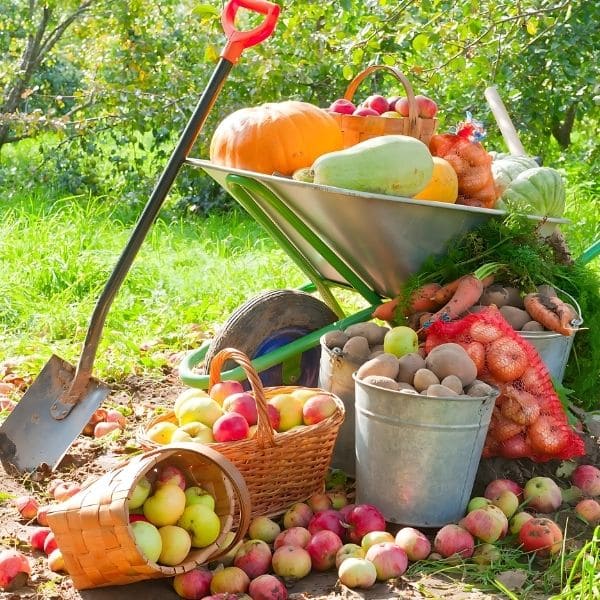
Remove Annuals
Remove summer’s annuals to prepare for the autumn. Clearing these spent blooms not only creates space but also provides resources for wildlife and adds interest to the winter landscape.

Remove Weeds
One of the most important tasks is tackling pesky weeds. Remove them while they’re still in their early stages to avoid their spreading. Use eco-friendly methods like hand weeding to keep your garden healthy and thriving.

Prepare the Soil
Applying the right amount of fertilizer can make your fall gardening successful. Here are two options suggested by The Texas A&M University System:
- Ammonium Sulfate (21-0-0):
Apply 1 pound per 100 square feet (10 feet by 10 feet) before planting.
Sprinkle 1 tablespoon of ammonium sulfate around each plant every 3 weeks. Watering after application helps the nutrients reach the roots.
- Slow-release Fertilizer (e.g., 19-5-9, 21-7-14, or 25-5-10):
Apply 2 to 3 pounds per 100 square feet of garden area.
Sprinkle 1 tablespoon of ammonium sulfate (21-0-0) around each plant every 3 weeks. Ensure proper watering to facilitate nutrient absorption by the plants.
Advice:
- Avoid applying too much fertilizer.
- Distribute the fertilizer evenly across the garden area.
- Keep the fertilizer safe from the plants to prevent root burn.
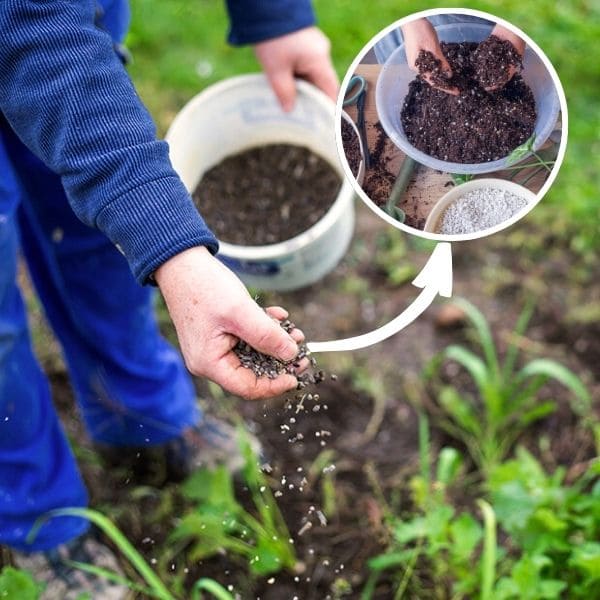
Best Plants to Grow In Fall
Vegetables: Spinach, kale, carrots, broccoli, onions, and parsley.
Flowers: Chrysanthemums, pansies, asters, ornamental kale, and marigolds.
Trees and Shrubs: Maple, Japanese maple, viburnum, fothergilla, and beautyberry.
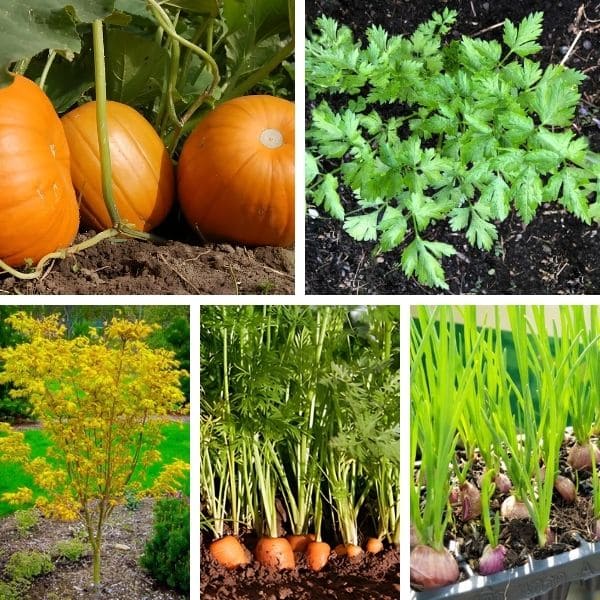
How to Plant Fall Plants
Choose an area with well-draining soil and adequate sunlight. Loosen the soil to a depth of about 6 inches for root growth.
Follow the recommended planting depth provided on seed packets. For areas prone to soil crusting, plant slightly deeper. Apply light mulch over seeds with vermiculite, compost, or potting soil.
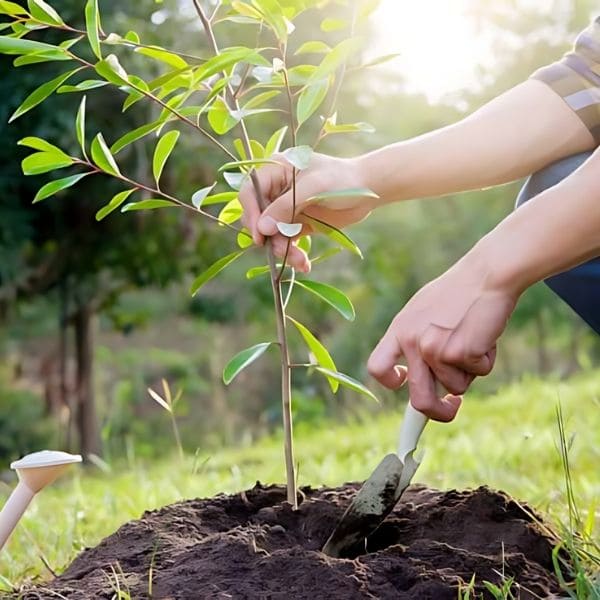
How to Care for Fall Plants
Light
Aim for 4 to 6 hours of full sun exposure daily. Position plants accordingly to meet their sunlight needs.
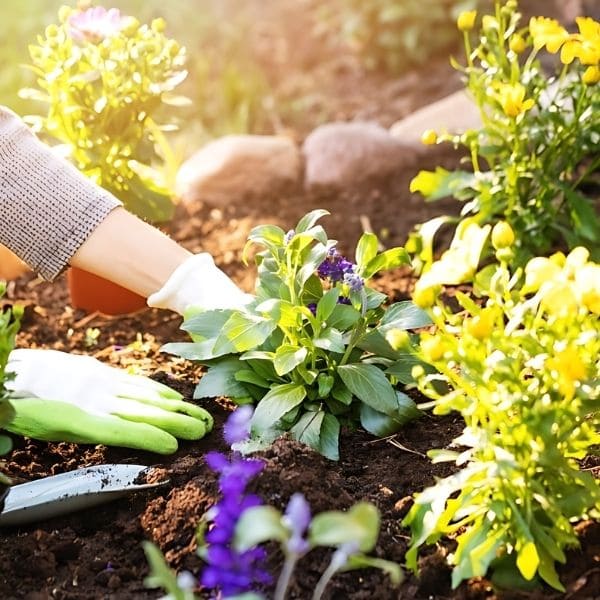
Soil
Plants prefer free-draining, nutrient-rich soil. Assess your soil type to determine appropriate amendments and ensure growing conditions.
Water
Watering thoroughly is essential for fall gardening, soaking the soil to 6 inches deep, once a week. Check soil moisture by scratching the surface; if dry at 1 inch, it’s time to water.
If you own sandy soils, water frequently. Consider drip irrigation for efficient and controlled watering.
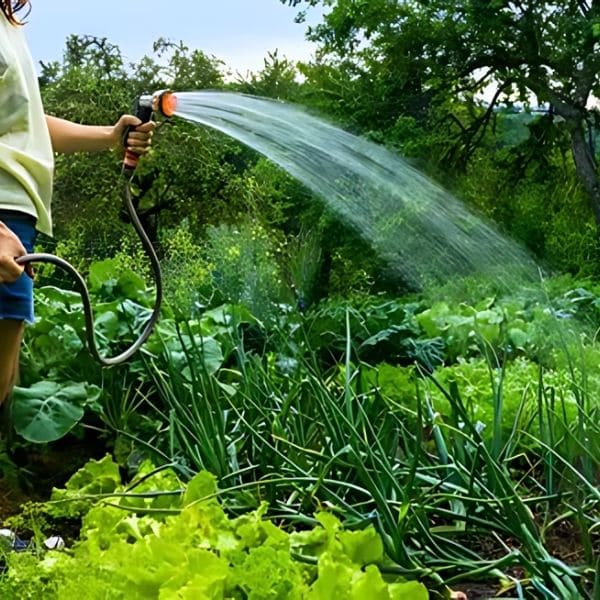
Fertilizer
Apply a nitrogen-rich fertilizer with smaller amounts of phosphorus and potassium. Nitrogen fuels plant growth, aiding in height and food production.
Administer fertilizer in late October or early November for optimal nutrient uptake.
Common Problems
In fall gardening, expect insect and disease issues like aphids and whiteflies. Protect plants with covers to keep pests away.
Besides, guard against nematodes by choosing resistant crops like corn, garlic, or onions.
Frost Protection
Some plants can be damaged by frost. Cover them with blankets or throw cloths supported by stakes.
For individual plants, use paper caps, milk jugs, or commercial products. Extend the growing season by planting in a cold frame or hotbed.

Harvest
Different crops have varying optimal harvest times. Root vegetables like carrots and beets are typically ready for harvest when their tops protrude above the soil surface.
Leafy greens such as lettuce and spinach should be harvested when leaves are tender and before they bolt. Cruciferous vegetables like broccoli and cauliflower are best harvested when the heads are firm and compact.
Additionally, herbs like basil and cilantro should be harvested before they flower to maintain optimal flavor.
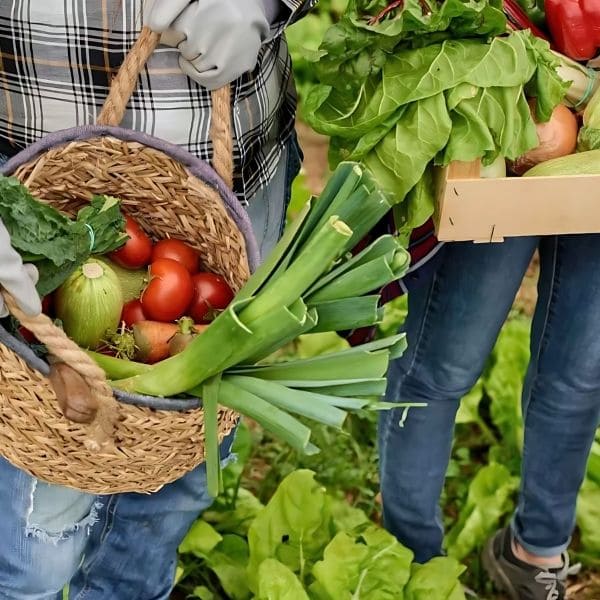
Harvesting your fall garden brings great joy to the gardener. Gardening in the fall offers the pleasure of fresh mornings and a deep connection to nature.
Based on the information we’ve shared, our advice for finding joy in fall gardening is to start small with easy tasks and delicious treats you enjoy. Love your garden, and be diligent and patient.


